Powerwalls
Powerwalls are a type of battery that is dedicated to power a house or a single room. While powerwall batteries have been around for a while, Tesla popularized the term when they released their home battery and gave it that name. Since Tesla introduced their powerwall product, DIY powerwall builds have drastically increased in popularity.
Powerwall batteries come in all sizes and current levels. A powerwall can store as much as 50 kWh of energy or more, but powerwalls do not have to be massive. You could have a 3 to 5 kWh powerwall battery running a room, for example.
Powerwall batteries are generally highly parallel and have a low series configuration. This means that powerwall batteries generally have a lower voltage and a higher amp hour rating than, for example, an ebike battery that would have a higher voltage and a lower amp hour rating.
Articles in this category will include topics such as battery construction techniques, energy density formulas, and inverters.
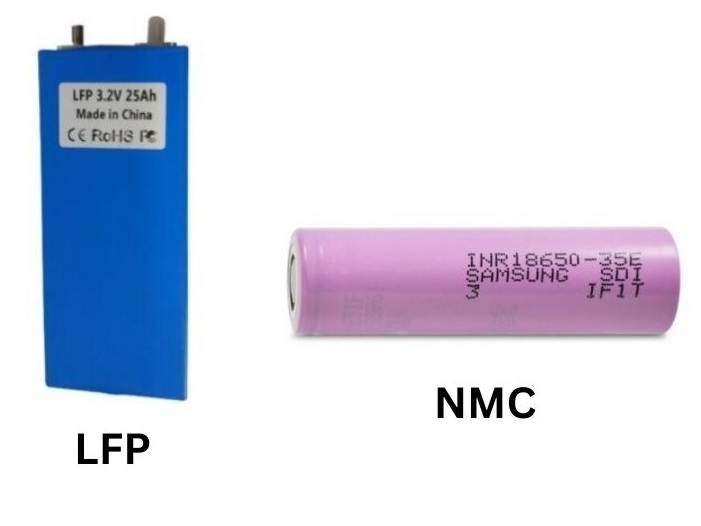
Is LFP More Expensive Than NMC Batteries?
When considering using LFP or NMC chemistry for a project the price per kilowatt is a big factor in what you choose. For most cases, space and size concerns may come into play which will dictate which you choose over price alone. However sometimes the main factor is price, we will go over what prices we are seeing in this article.
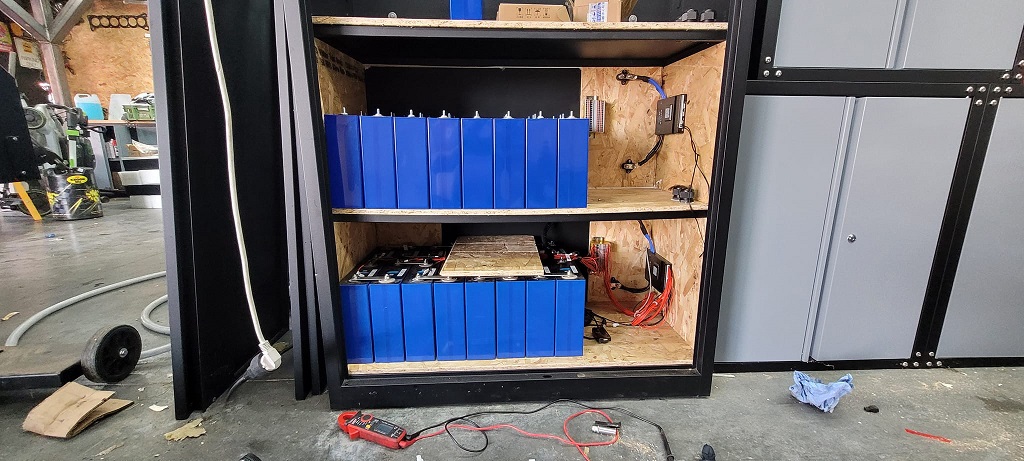
How Do You Calculate Which BMS for LiFePO4?
Picking the best-suited BMS for any battery build can be a little confusing. For larger-sized battery packs like those used in DIY powerwalls, this can get more complicated due to higher amperage requirements. We lay out in this article all the major considerations to help you pick the right BMS the first time.
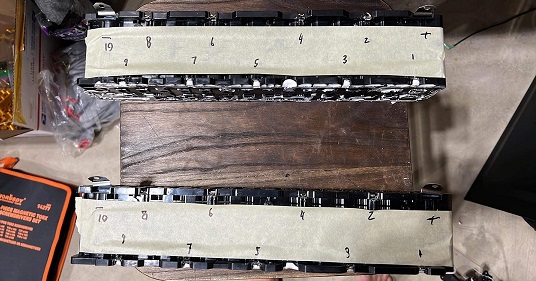
How Do You Balance Lithium Batteries in Series?
In powerwalls it's common to have multiple battery packs running in series to meet your voltage requirements. Over time one or more packs may slip out of balance so learning how to get individual packs into balance is crucial. This is a pretty simple and straightforward task, read more about it here.
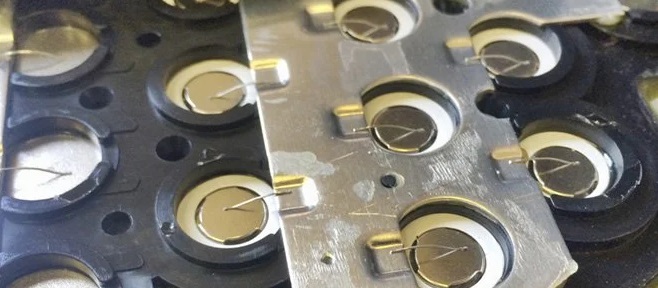
Cell Level Fusing for Lithium Batteries
Cell-level fusing has the potential to improve the safety and performance of lithium-ion batteries in a wide range of industries, including electric vehicles and energy storage systems. Come check out our guide on how to implement this in your next build!
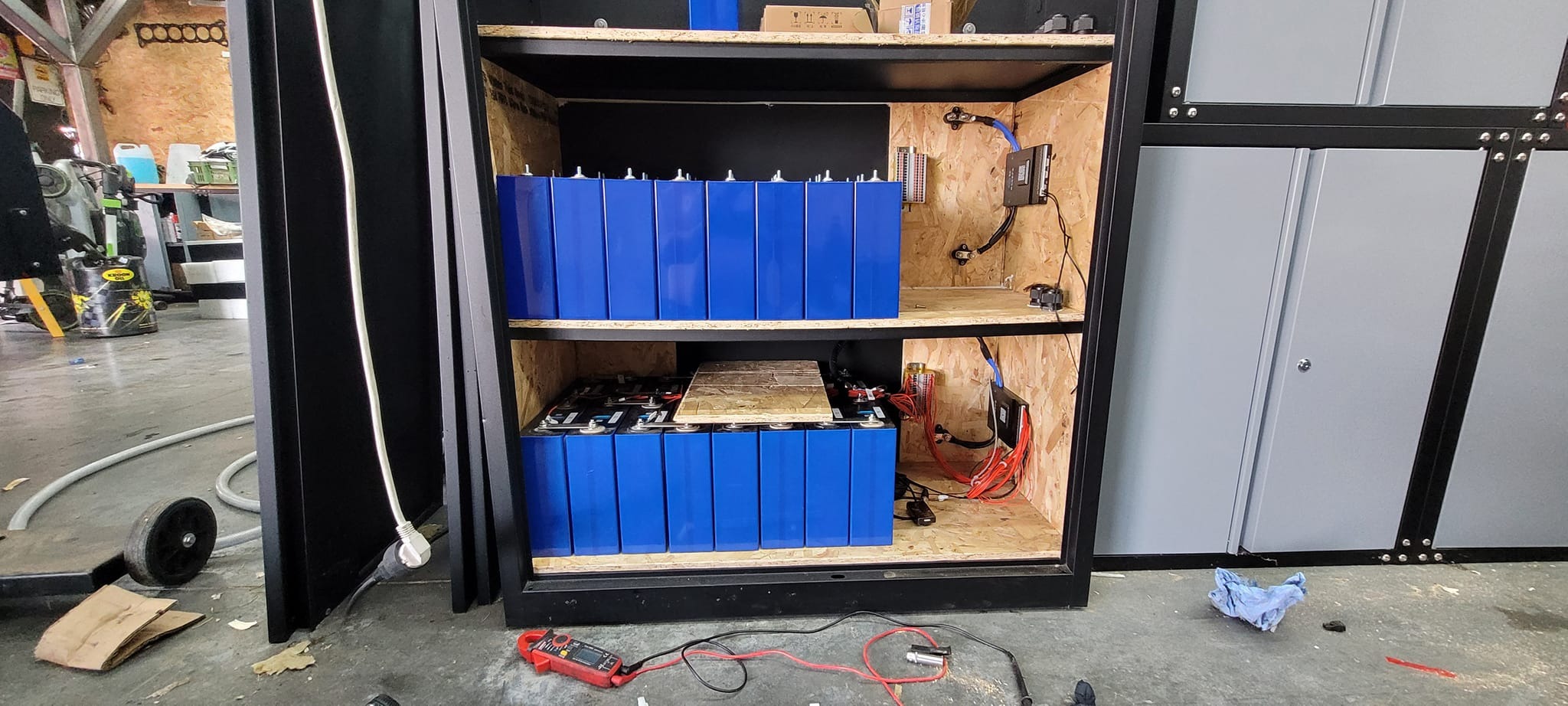
How To Build A DIY Powerwall
If you are looking to take the plunge in building your first DIY powerwall check out our guide. We broke the process down into three main parts, design, part picking, and building. Building your own powerwall is a fun and rewarding experience our guide will make it a breeze!
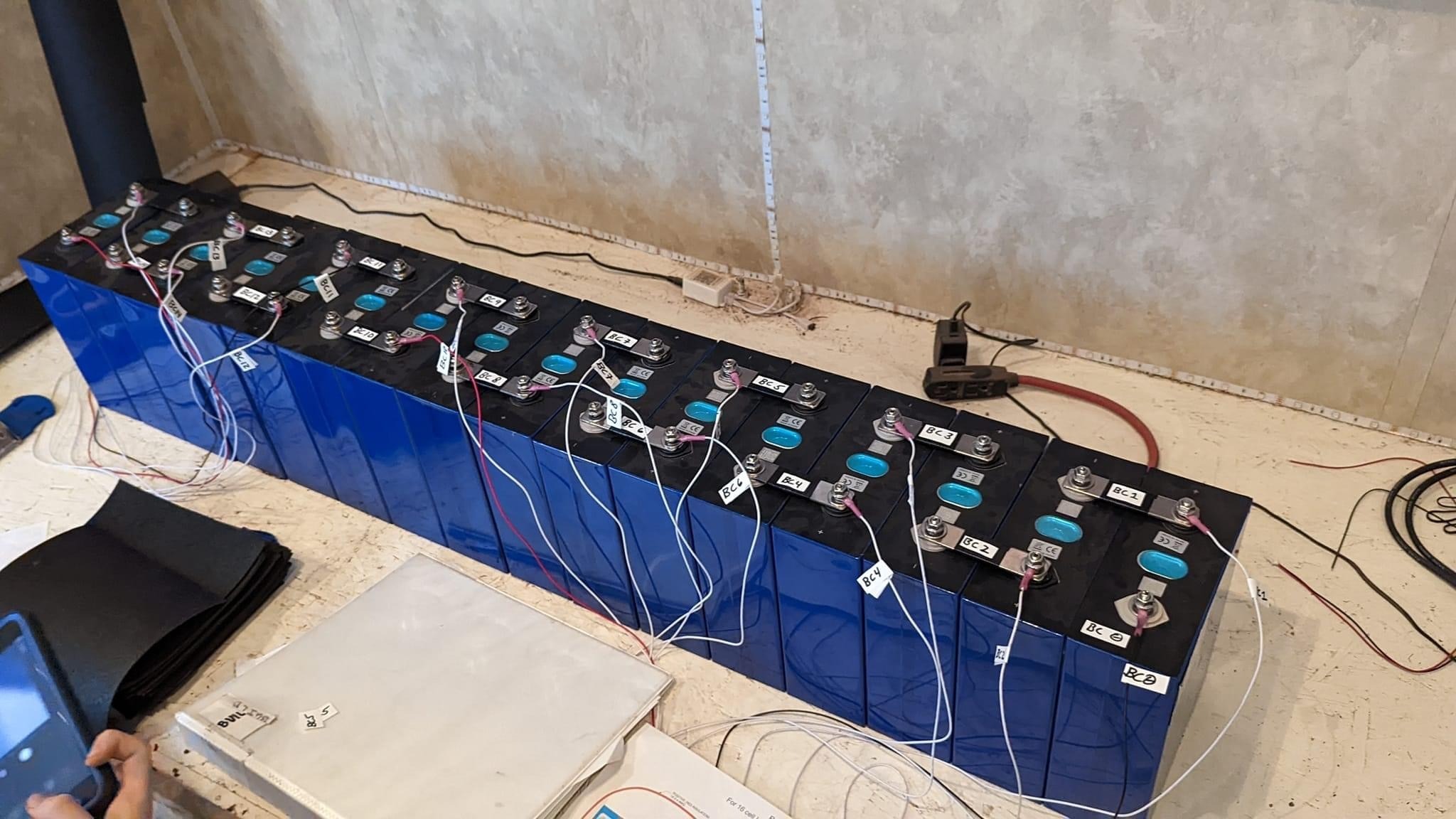
How To Monitor A Powerwall & Solar Array
If you have recently built or purchased a large format home backup battery then you are probably wondering how to monitor a powerwall. Powerwall monitoring devices range from as simple as a voltage display all the way up to a complete monitoring solution that tracks current, volts, and watt hours over time.
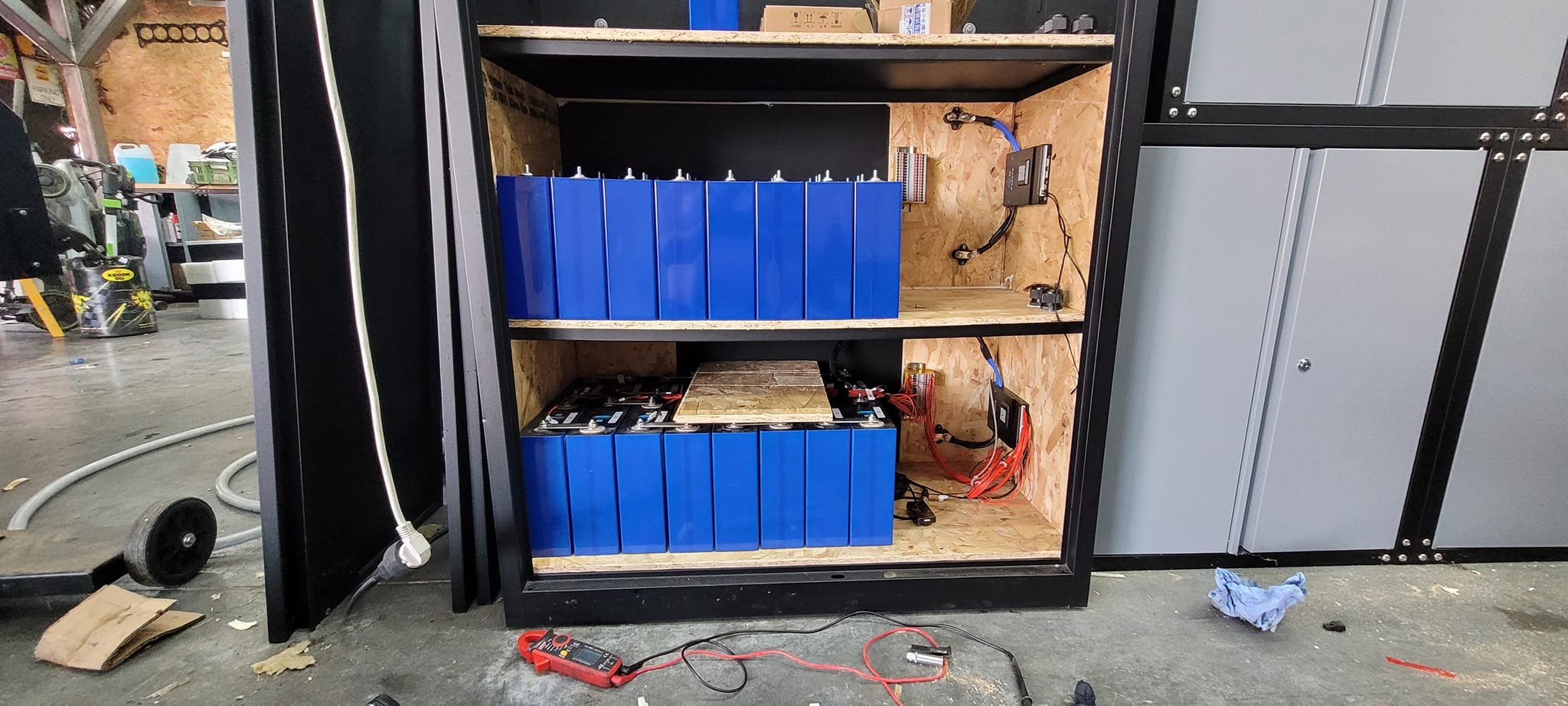
DIY Powerwall Vs Buying A Prebuilt Powerwall
A DIY Powerwall is a Powerwall that you build yourself. Officially, Tesla makes a home battery that they market as 'Powerwall', but since the introduction of this product, many battery builders and DIY battery enthusiasts have been giving the Powerwall name to their home battery projects. That makes sense considering the fact that the actual Tesla Powerwalls are very expensive.
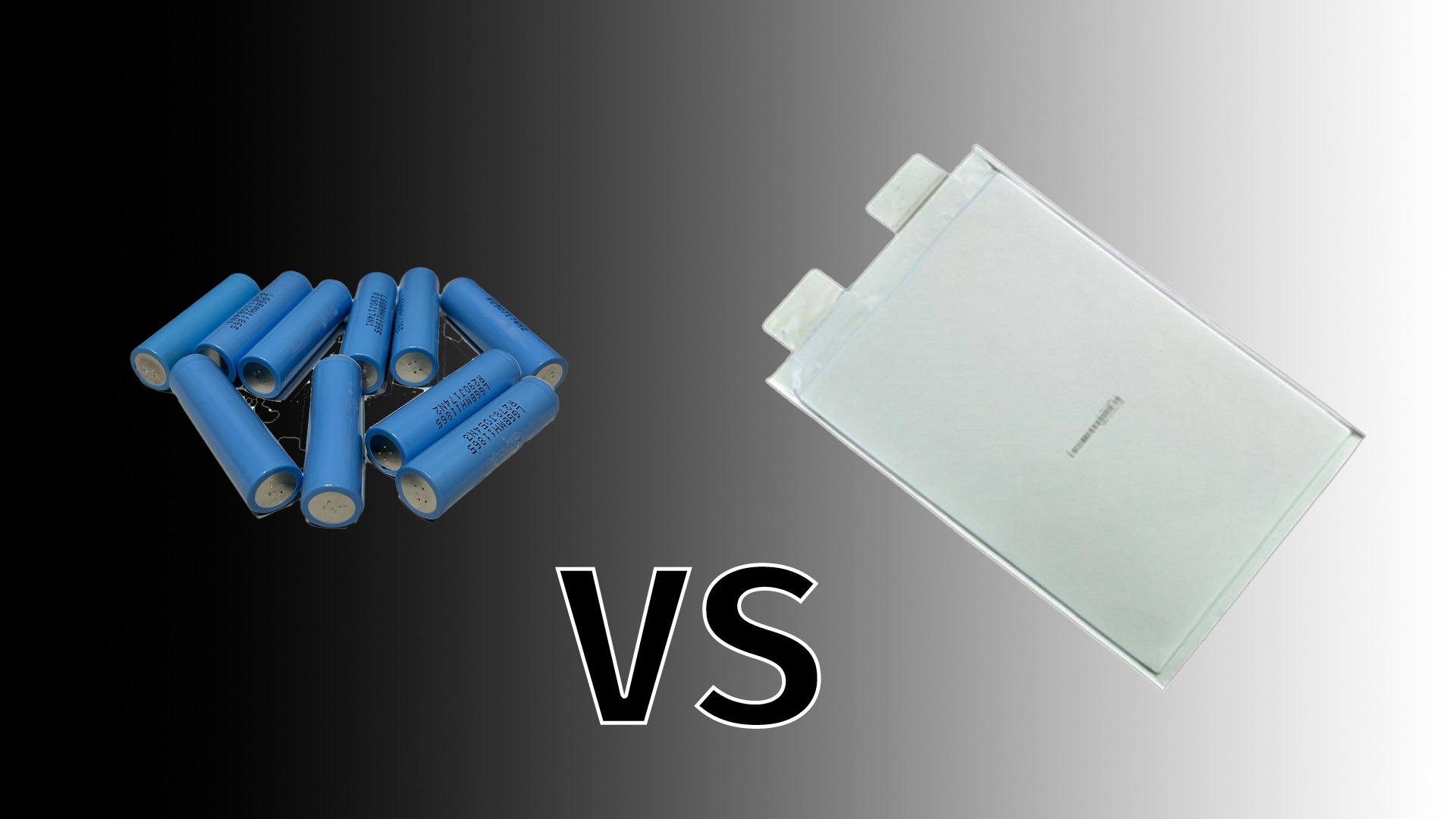
Lithium Pouch Or Cylindrical Cells
Pouch cells and cylindrical are both lithium-ion batteries. These two battery formats have a lot in common but there are also some key differences. Cylindrical cells can be one of several chemistries while pouch cells are typically NMC.
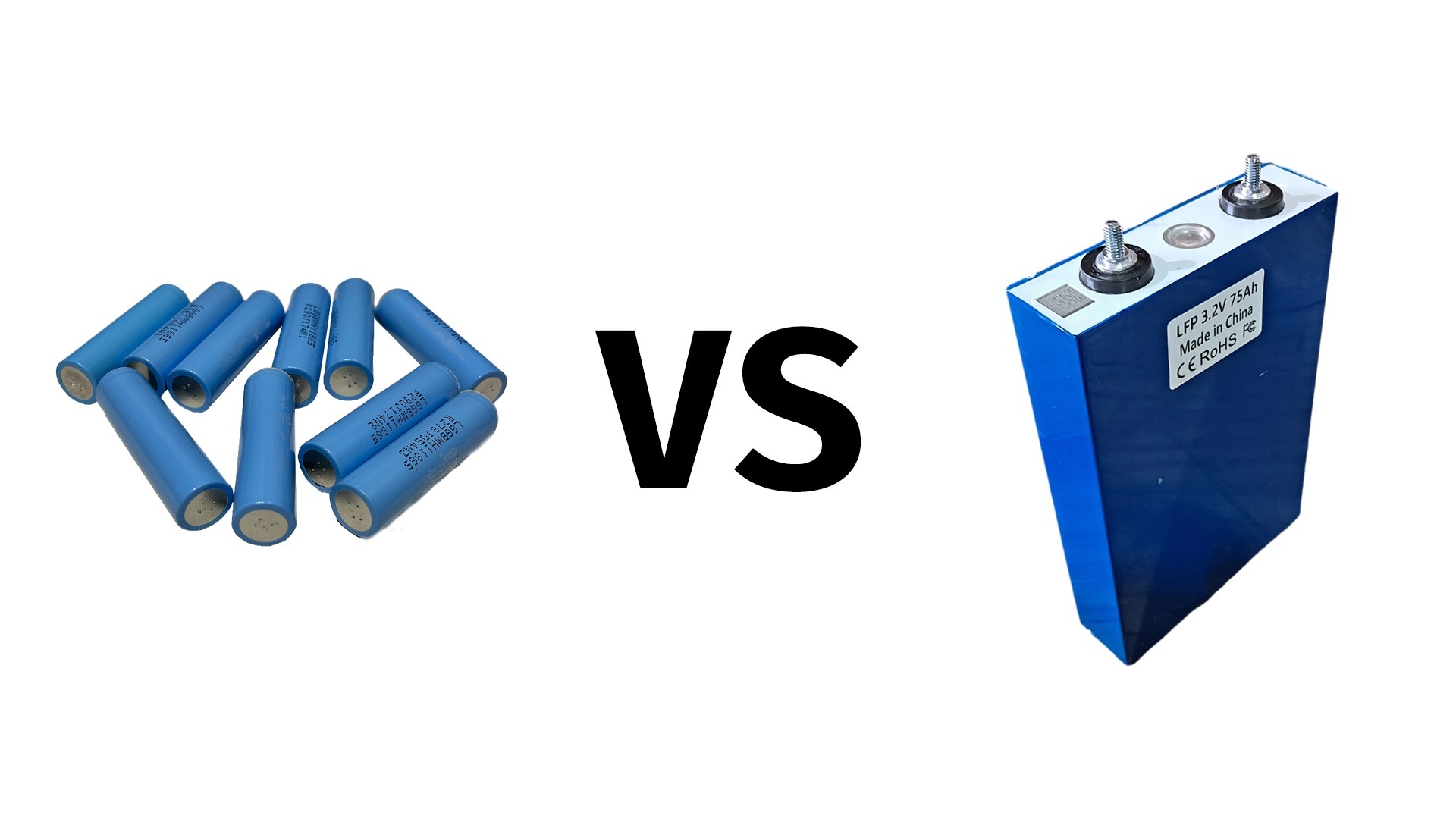
Lithium (NMC) Vs. LifePO4 (LFP) Which Is Best
Li-NMC (Lithium Nickel Manganese Cobalt) and LiFePO4 (Lithium Ferrous Phosphate) are two of the most common lithium-ion battery chemistries. On the surface, it may seem like they are the same because they both have lithium in the name. There are, however, some major differences between these two battery chemistries that anyone interested in building a battery needs to know.